

| Liseth Garza & Daniel Meza | Spring 1999 |
| History 1302 | Hines |
Click on map to see larger view.
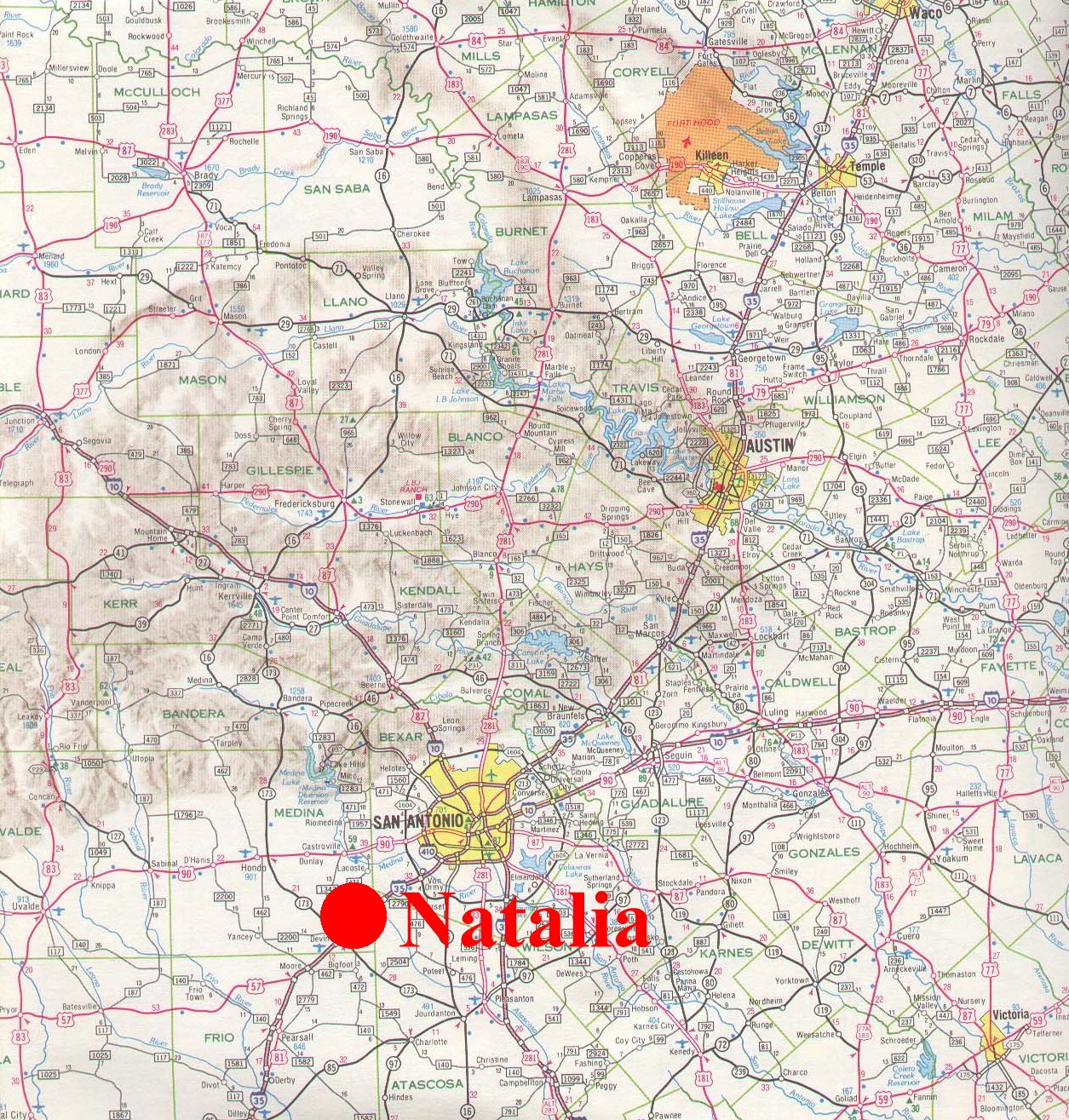
Click on pictures to see larger view.
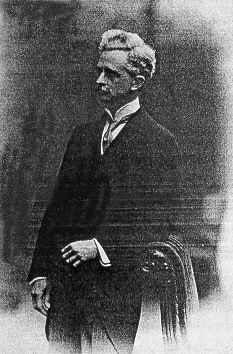
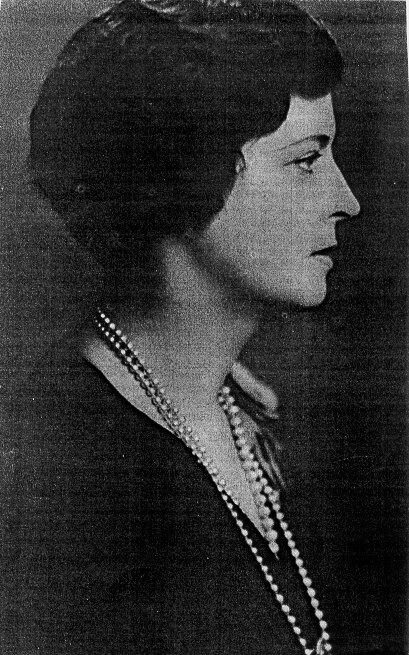 Her name was misspelled
on the U.S. Post Office records and never corrected. Soon after, in 1913 Natalie married a business manager from the London Times, Reginald
Nicholson. She never had the pleasure of visiting the town named after
her. It is thought that she hardly even knew it existed. Once married she
lived the rest of her life in England.
Her name was misspelled
on the U.S. Post Office records and never corrected. Soon after, in 1913 Natalie married a business manager from the London Times, Reginald
Nicholson. She never had the pleasure of visiting the town named after
her. It is thought that she hardly even knew it existed. Once married she
lived the rest of her life in England.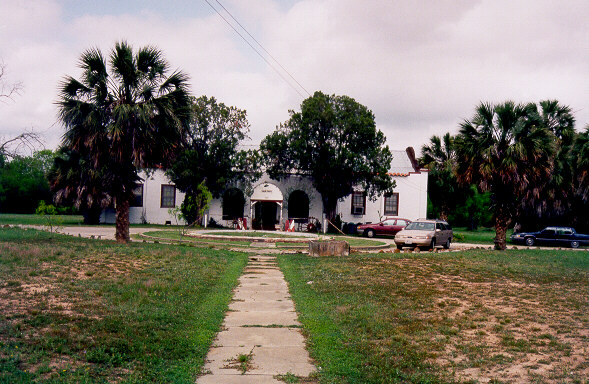
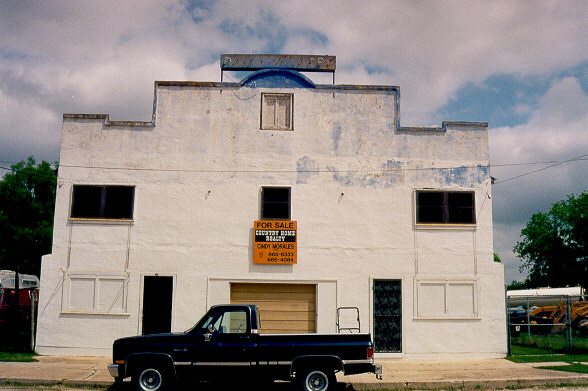
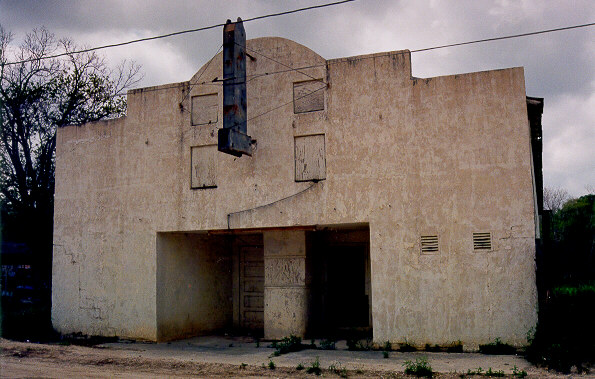
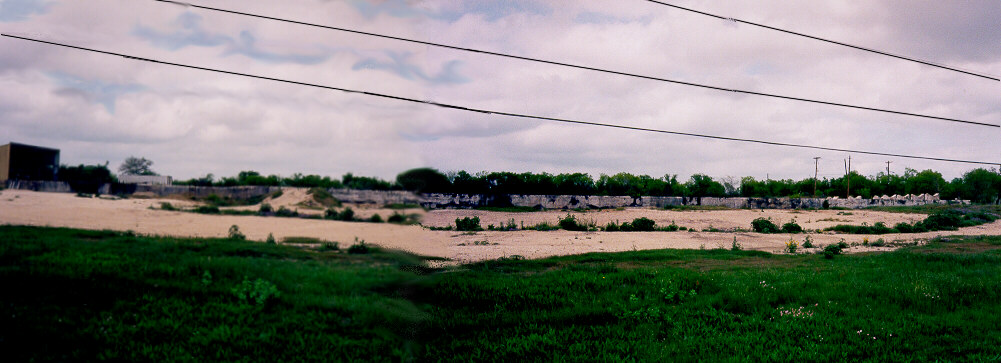
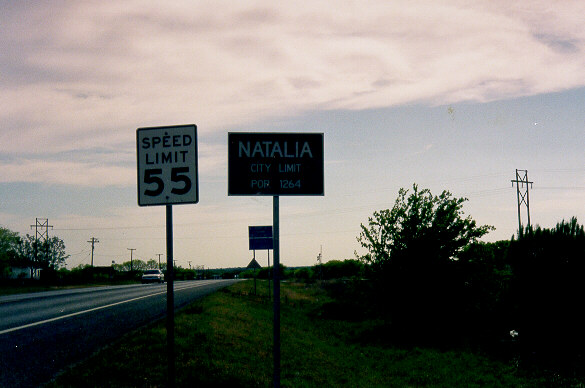 It was remade into the Gold Bond
Manufacturing Company. This company produced carpet padding. It did
employ some cannery workers, but many were left without a job. About two
years ago (1997) the Gold Bond Company was engulfed in flames and burned to the
ground. Now all that stands is the present platform.
This company could not afford to rebuild. It instead relocated somewhere
out of Natalia. Natalia is now populated by 1,264 residents.
It was remade into the Gold Bond
Manufacturing Company. This company produced carpet padding. It did
employ some cannery workers, but many were left without a job. About two
years ago (1997) the Gold Bond Company was engulfed in flames and burned to the
ground. Now all that stands is the present platform.
This company could not afford to rebuild. It instead relocated somewhere
out of Natalia. Natalia is now populated by 1,264 residents.


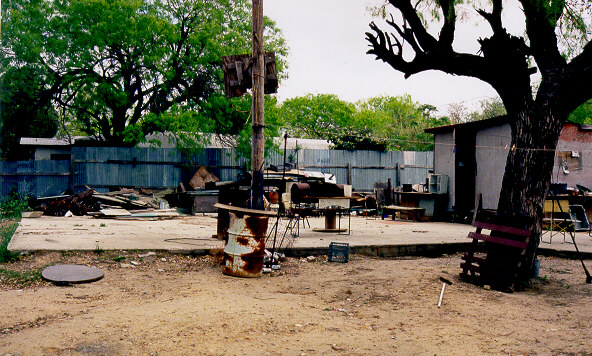
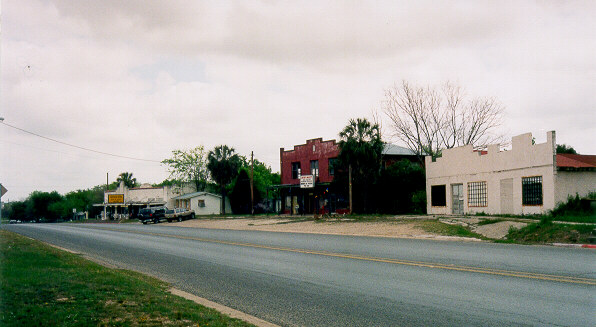
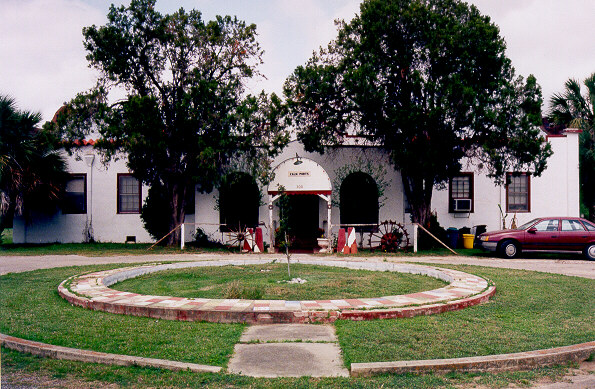
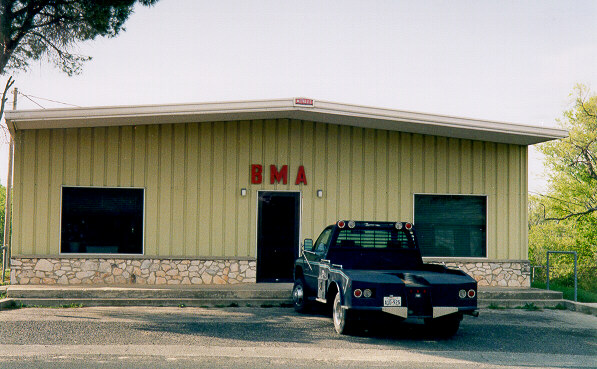
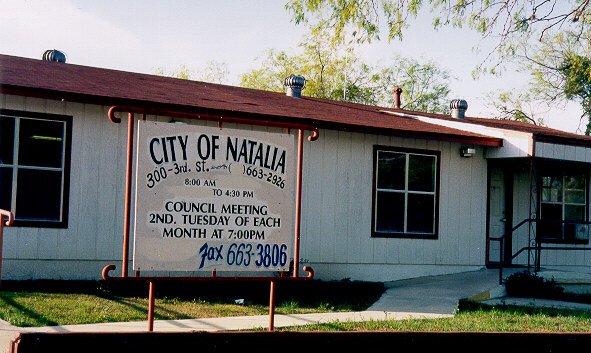



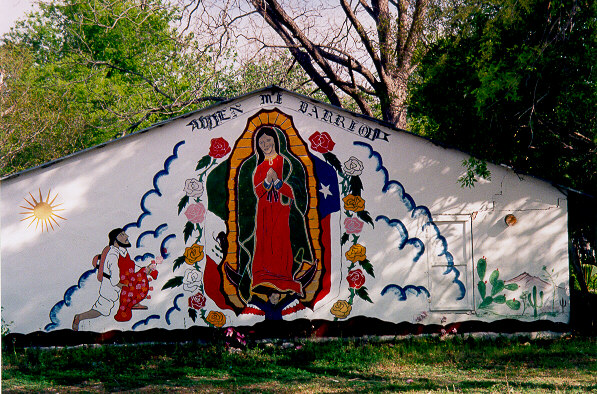
Bibliography
The History of Medina County. Castro Colonies Heritage Association, Incorporation. Texas 1994
The New Handbook of Texas. Ed. Ron Tyler. Volume 4. Austin: 1994
ANatalia Will Celebrate First Anniversary March 1.@ The Devine News 71 (1969) :1
Yancy L. Russell The Handbook of Texas Online
Interview, Minga Fraga. March 6, 1999
Interview, Vonnie Hector. March 12, 1999